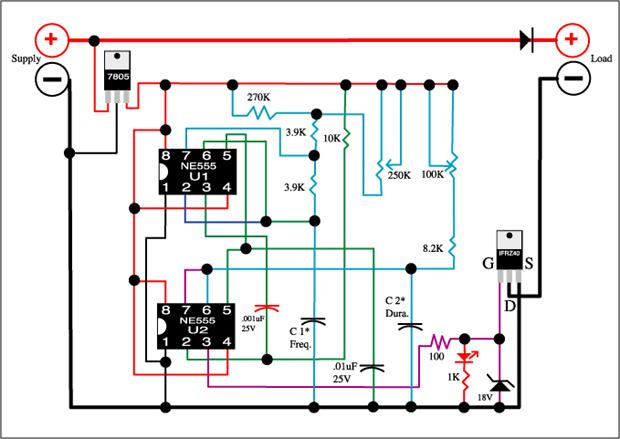Jamie,
Saving the one cell may be possible with a desulphator or an electrolyte change.
ELECTROLYTE CHANGE: You could isolate it, the bad cell, from all other cells and try a complete flushing and replacement of the acid. A turkey baster with a small straw that will reach the cell floor might help here. Actually I'm not so sure I would do this myself but it is theoretically posible. Drain all acid very carefully into an approved container. Refill with pure distilled water, apply a small current ( 1 to 2 amps ) to just this cell for several hours, and drain this. Repeat until water drained is clear with no sediment or debris. Refill with fresh new acid as per cell specs. Charge again with small current for several hours and take specific gravity readings before during and after a good long slow charge cycle. Early in this stage of recharging note the cells physical response as well. If the smokey bubbling persists the cell may be shorted beyond help. Stop immediately any such further activity with this cell! (see below for why).
DESULPHATORS: Electronic pulse width modualtion and other methods have been devised to desulphate a battery. Sometimes these can "vibrate" the cause of a shorted cell apart with high intensity current spikes, some using higher voltage as well. I feel these work better in cases where the sulphate hasn't already shorted a plate. In combination with a flush out, however, this may save the cell.
USE CAUTION: Wet cell batteries can explode violently when a dead short occurs between plates. I have had it happen to my car. My '65 Mustang blew its battery sky high right in the service bay of an automitive electrical shop. I'd been having low battery problems for a couple weeks when I took it in. While the engine was running the tech loaded the battery with a resistive pile and she went KABOOM all over the man's shop and the inside of my engine compartment. He had a large bucket of soda water standing by and said it happened more often than he's cared to talk about. A lot of fersh water later and a new battery put the 'Stang back on the road. Acid and flying shrapnel are not so much fun.
REPLACE ONE CELL: Somehow find a replacement of the one bad cell. Even a new cell would save the second half of the 12V system. Sure there would be imbalance and other issues but it would work to get some life out of the other cells. Before doing this consider wether the second half of the 12V string is worth trying to find a very similar cell to make up that second string. A single cell of twice the capacity but still 2V would replace one bad cell and one used but working cell.
LAST DITCH SOLUTION Connect 5 sets of your 2V cells together in parallel then complete the 12V string with one "stand alone" cell. Rotate a new cell into the "stand alone" position often. Keep a record of the charging/discharging cycles and give them a good slow equlization to start off their new life. The bank capacity will be the capacity(IN AMP HOURS) of the one "stand alone" cell, but if voltage is kept fairly high this should work, but not well. Charging rate would have to match a one cell rate, amperage wise.
I'm not suggesting you do any of these things but they are you options and I'm sure others will add more informed advice.
Below is a small pulser circuit I designed to desulphate via PWM. Load is the battery in this application. The 18V zenner was used as a safety trip to activate the FET when powered from a small windturbine and wouldn't be needed in a steady state source. This design is for a complete 12V system and would have to be modified for 2V operation, or pulse the 2V cell with the 12V source. C1 and C2 are not listed for uF value and experimentation is required for ferquency and duration of the pulse width. A 10uF @ C1 should work fine, and a 4.7uF for C2.
